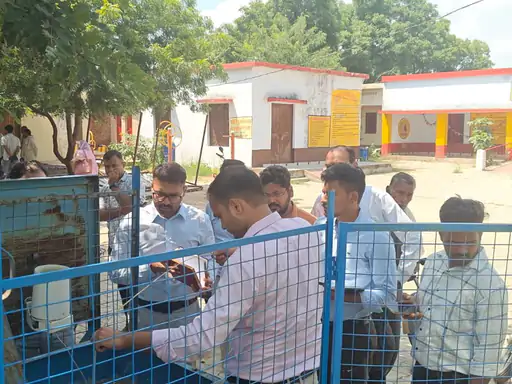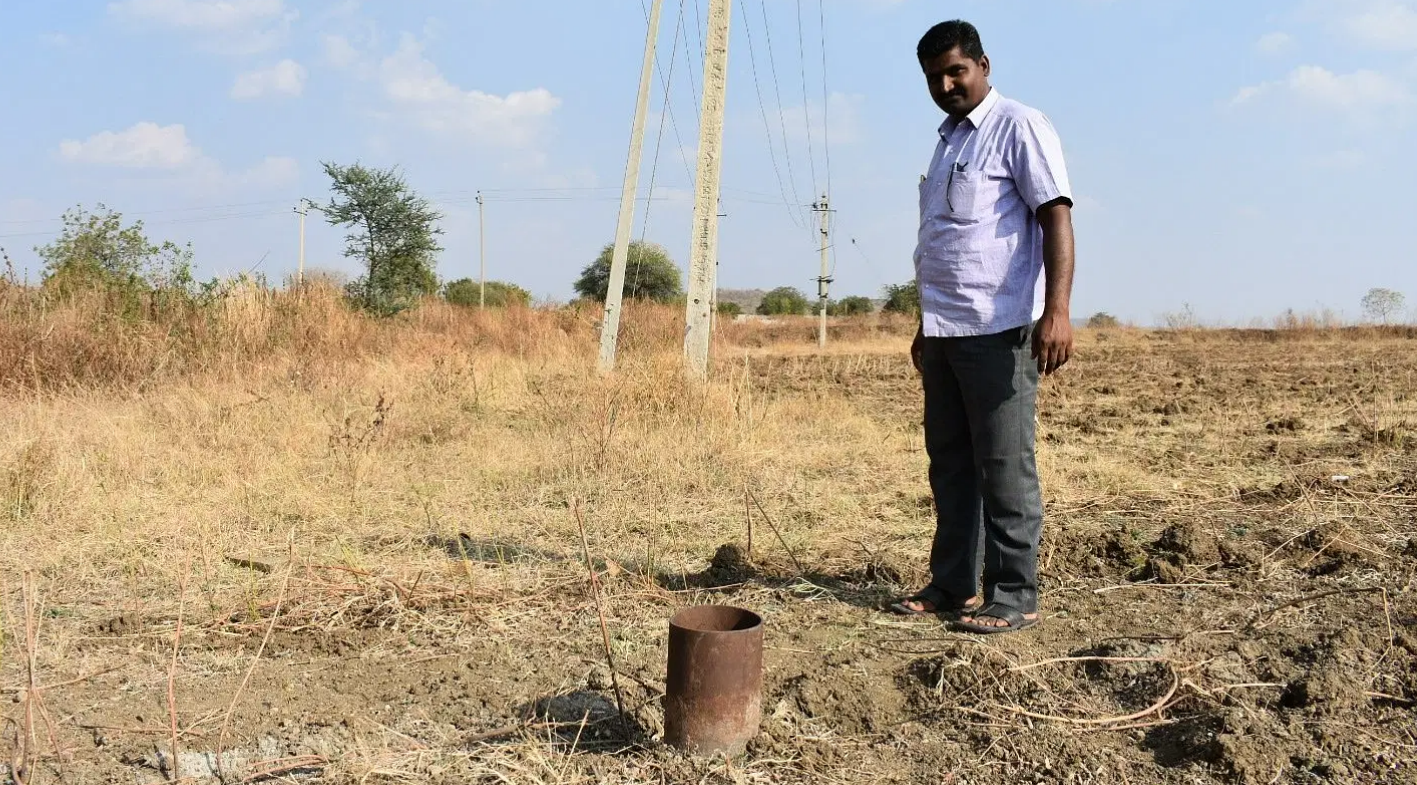Dead Borewells Foretell Tales of Water Insecurity on Bengaluru Outskirts
Dead borewells, dipping water tables, and increased pumping costs as power tariffs go up add to the challenges in rural water supply. Photo courtesy of Deccan Herald
Dead borewells on the outskirts of the city illustrate the impact of failed rural water management, with a study of two gram panchayats showing that even the wet years characterised by good rainfall may not end the threat to drinking water security unless farmers are incentivised away from abstraction.
Led by Veena Srinivasan of the Water, Environment, Land and Livelihoods (WELL) Labs and Ashoka Trust for Research in Ecology and Environment (ATREE), researchers studied Aralumallige and Doddatumakuru gram panchayats in Bengaluru Rural district.
The areas covered are part of Aralumallige watershed, a semi-dry landscape with annual average rainfall of 800 mm. There are hard rock aquifers in the area, where studies have flagged the difficulty in implementing simple rules like spacing different tube wells.
Data regarding functional and abandoned wells in the watershed in the years 1981, 2001 and 2021 showed the extent of groundwater depletion.
“The distribution of well depths changed substantially with respect to both private and gram panchayat borewells. In the early years, private borewells were deeper. After 2000, however, gram panchayats also began drilling deeper borewells, to keep up with declining water tables,” the study said.
Acknowledgements
Chiranjeevi Kulkarni for Deccan Herald
Follow us to stay updated about our work


